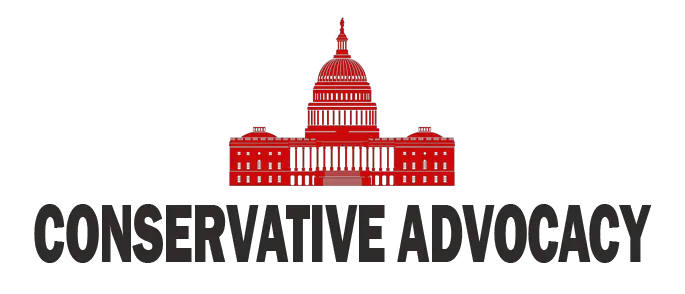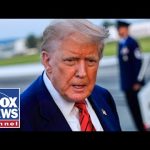The Trump administration is making efforts to broker a meeting between Ukrainian President Volodymyr Zelensky and Russian President Vladimir Putin, aiming to find a way to bring an end to the ongoing war. However, the signals coming from Moscow are less than hopeful. While the American officials are working behind the scenes, Russian officials seem to be brimming with skepticism. They are preparing a package of security options, but only if the discussion includes Russia—otherwise, they dismiss it as meaningless chatter.
The Kremlin has made it clear that they will not consider any security guarantees for Ukraine unless Russia is part of the group. In fact, they were quite adamant about this point, saying negotiating security issues without Russia is a “road to nowhere.” This paints a rather grim picture of the diplomatic landscape. With tensions high and words getting sharper, both sides appear entrenched in their positions. Russia’s insistence on being included in talks is like a heavyweight boxing champ demanding to step into the ring after rounds of back-and-forth jabs.
Meanwhile, President Trump and his team continue to engage with both Russian and Ukrainian officials. They are determined to make progress toward a bilateral meeting that could potentially halt the bloodshed. Many world leaders, it seems, feel that this war may have never spiraled out of control if President Trump had still been in charge. It seems the political scoreboard for both sides shows a leaning toward Trump being the one who could have steadied the ship.
The situation in Eastern Europe remains volatile, with recent incursions adding fuel to an already smoldering fire. A Russian drone crashed in Eastern Poland, rattling nerves in that region. It has raised alarms over a provocative pattern of drone incidents linked to Russia that have been reported in Romania, Latvia, and Bulgaria, among others. True to form, Russia has been tight-lipped about these incidents. This kind of behavior only adds to the distrust simmering between nations.
As all this unfolds, the White House has opted for a low profile, choosing not to provide regular updates or briefings on their discussions. It seems like the strategy here is to keep sensitive negotiations out of the public eye. Meanwhile, as the tension thickens, the Director of National Intelligence has announced a shakeup within the agency, indicating a shift away from partisan priorities. This reform is projected to save taxpayers a whopping $700 million a year. However, opinions on this change are divided; some argue that it is necessary, while others express skepticism regarding the motives behind the proposed changes.
As the diplomatic chess game proceeds, everyone will be tuning in to see how it unfolds. The stakes are high, and it’s clear that there is much more to this story than meets the eye. Who knows? Perhaps the day will come when these discussions yield fruitful results instead of just the usual political posturing. Until then, it seems the tug-of-war between East and West will continue, keeping everyone on the edge of their seats.




